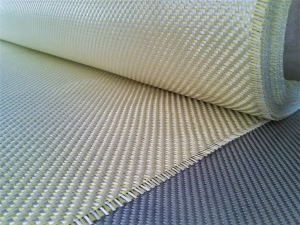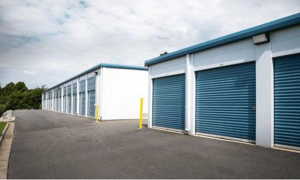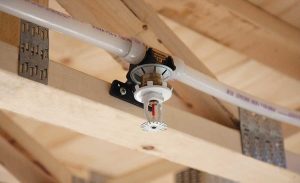How to Extend Your Pool Liner’s Lifespan

Your pool liner represents one of the most significant investments in your swimming pool’s maintenance. With proper care, a high-quality liner can last 10-15 years rather than needing replacement every 5-7 years. These professional tips will help you protect your liner while maintaining crystal-clear water with your pool cleaner.
Understanding Liner Materials
Modern pool liners come in three primary materials, each requiring slightly different care approaches:
Vinyl liners remain the most popular choice for both in-ground and above-ground pools. These 20-30 mil thick sheets offer excellent durability when maintained properly. Heavy-duty liners (28 mil+) withstand more wear but still require protection from sharp objects and chemical imbalances.
Fiberglass liners provide a more rigid surface that resists punctures better than vinyl. While less common, they’re growing in popularity for their longevity and smooth finish that works beautifully with robotic pool cleaners.
Proper Water Chemistry Balance
Maintaining ideal chemical levels does more than keep water sanitary – it directly impacts liner longevity. Imbalanced water causes two primary types of liner damage:
- High chlorine levels (above 3 ppm) bleach and weaken vinyl over time
- Low pH (below 7.0) makes water acidic and degrades liner materials
Test your water at least twice weekly, adjusting:
- pH between 7.2-7.6
- Chlorine between 1-3 ppm
- Alkalinity between 80-120 ppm
Your pool cleaner works more effectively when water chemistry stays balanced, as proper sanitation reduces the need for shock treatments that stress liner materials.
Protecting Against Physical Damage
Even the toughest liners can puncture from sharp objects or improper cleaning. Follow these protection strategies:
- Use pool shoes when entering the pool to prevent toenail scratches
- Avoid sharp toys or diving sticks that could puncture the liner
- Install corner guards in above-ground pools where walls meet the floor
- Choose soft brushes specifically designed for vinyl surfaces
When vacuuming with your pool cleaner, ensure the cleaner head has appropriate brushes or wheels for your liner type. Robotic models with soft treads or brush rolls work best for delicate surfaces.
Seasonal Care Strategies
Winter presents unique challenges for liner protection. Proper closing procedures prevent freeze damage and stretching:
- Balance water chemistry before closing
- Lower water level below skimmer (but keep at least 12″ in shallow end for in-ground pools)
- Use air pillows in above-ground pools to absorb ice pressure
- Install a quality cover with proper support
During swimming season, avoid draining your pool completely unless absolutely necessary. Vinyl liners can shrink when exposed to sunlight without water weight holding them in place.
Cleaning Techniques That Protect
Regular cleaning prevents staining and extends liner life, but improper methods can cause damage:
- Brush weekly with a nylon-bristle brush to prevent algae buildup
- Vacuum gently – avoid dragging vacuum heads roughly across the floor
- Spot clean stains with approved vinyl cleaners rather than abrasive scrubs
- Clean filters regularly to maintain proper circulation
The best pool cleaner should complement these efforts by removing debris before it stains or damages the liner. Choose models with adjustable suction or scrubbing intensity to match your liner’s needs.
Professional Maintenance Tips
Even with excellent home care, consider these professional services to maximize liner life:
- Annual inspections for early detection of wear or potential leaks
- Professional deep cleaning every 2-3 years to remove embedded stains
- Liner repositioning if you notice excessive wrinkling or shifting
Many pool service companies offer liner protection plans that include periodic conditioning treatments. These specialized products help maintain vinyl flexibility and prevent premature cracking.
When Replacement Becomes Necessary
Despite best efforts, all liners eventually need replacement. Watch for these warning signs:
- Frequent leaks that can’t be patched
- Severe fading or bleaching
- Brittle or cracking material
- Persistent stains that won’t clean
- Excessive stretching or wrinkling
When replacing, consider upgrading to a heavier gauge material if your previous liner wore out faster than expected. Many manufacturers now offer 12-15 year warranties on premium liners.
The Pool Cleaner Connection
Your choice and use of a pool cleaner significantly impacts liner longevity. Consider these factors:
- Robotic cleaners are gentlest on liners with their controlled movements
- Suction-side cleaners need proper settings to avoid excessive pull on vinyl
- Pressure-side cleaners should use approved heads for your liner type
Regular use of your pool cleaner actually protects the liner by preventing debris accumulation that can stain or abrade the surface. Just ensure you’re using the right model and settings for your specific pool.
By combining these protective strategies with regular maintenance, you’ll enjoy a beautiful, problem-free pool for years while postponing the considerable expense of liner replacement.






